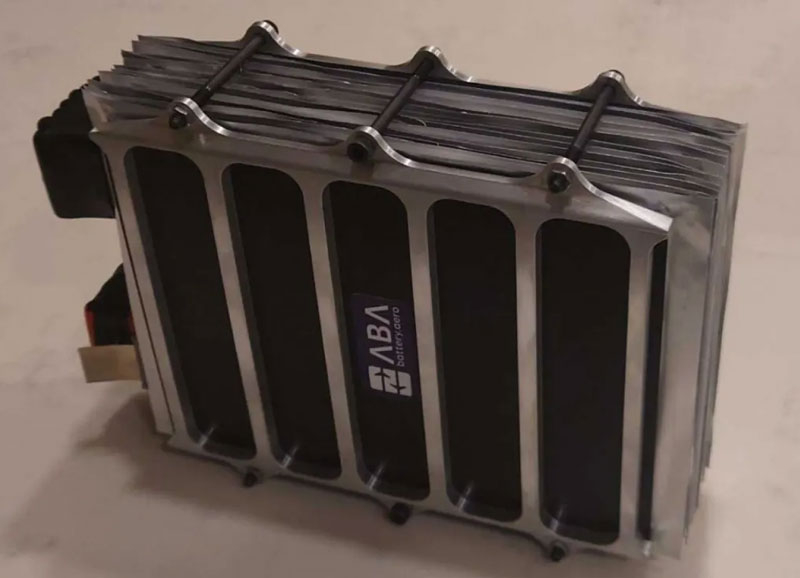It is said that most grants today go to interdisciplinary research. Mixing always promises something amazing that cannot be achieved in a single field of science. Scientists from the USA have clearly proven this statement by using modern analytical biology methods to analyze the characteristics of lithium batteries. They claim that thanks to the new work, electric aircraft will be able to increase their flight range by four times.

Image Source: And Battery Aero
There are many different -omics in modern molecular biology: genomics, proteomics, metabolomics, and so on. What all sections have in common is that they consider problems in a complex or combination of many seemingly unrelated areas of research. For example, researchers have been studying the structure of living cells for centuries, and only in recent decades have they realized that this should be done in conjunction with extracellular analysis of the processes accompanying the life of cells.
The same principle is used by researchers from the National Laboratory. Lawrence Berkeley and the University of Michigan were used to analyze lithium battery cells. The battery was considered as a set of processes at the anode, cathode and electrolyte. Scientists want poorly compatible characteristics from aircraft traction batteries: peak output in takeoff and landing modes, as well as stable power output in cruising flight mode. Finding a balance in this scheme means achieving optimal battery operating conditions, and this can help increase flight range.
«The biological approach to analyzing the chemical and physical state of the electrodes and electrolyte made it possible to obtain a more complete understanding of the occurrence of complex reactions at the anode, cathode and in electrolytes. The scientists found that the inability of lithium batteries to provide high power over long periods of time was a problem with the cathode, not the anode. During the experiments, it became clear that when certain salts were mixed with an electrolyte, they formed a protective coating around the cathode, making it resistant to destruction and improving its performance.
Thus, the new electrolyte created by the researchers turned out to be very, very promising. Experimental batteries created on its basis provided such a high energy storage density in combination with a stable output power that they could provide electric aircraft with a flight range four times greater than modern batteries.
The team is currently working on developing a 100 kWh battery to power a test flight of an electric vertical take-off and landing (eVTOL) aircraft as early as 2025, which looks like an exciting prospect for a new mode of transport.